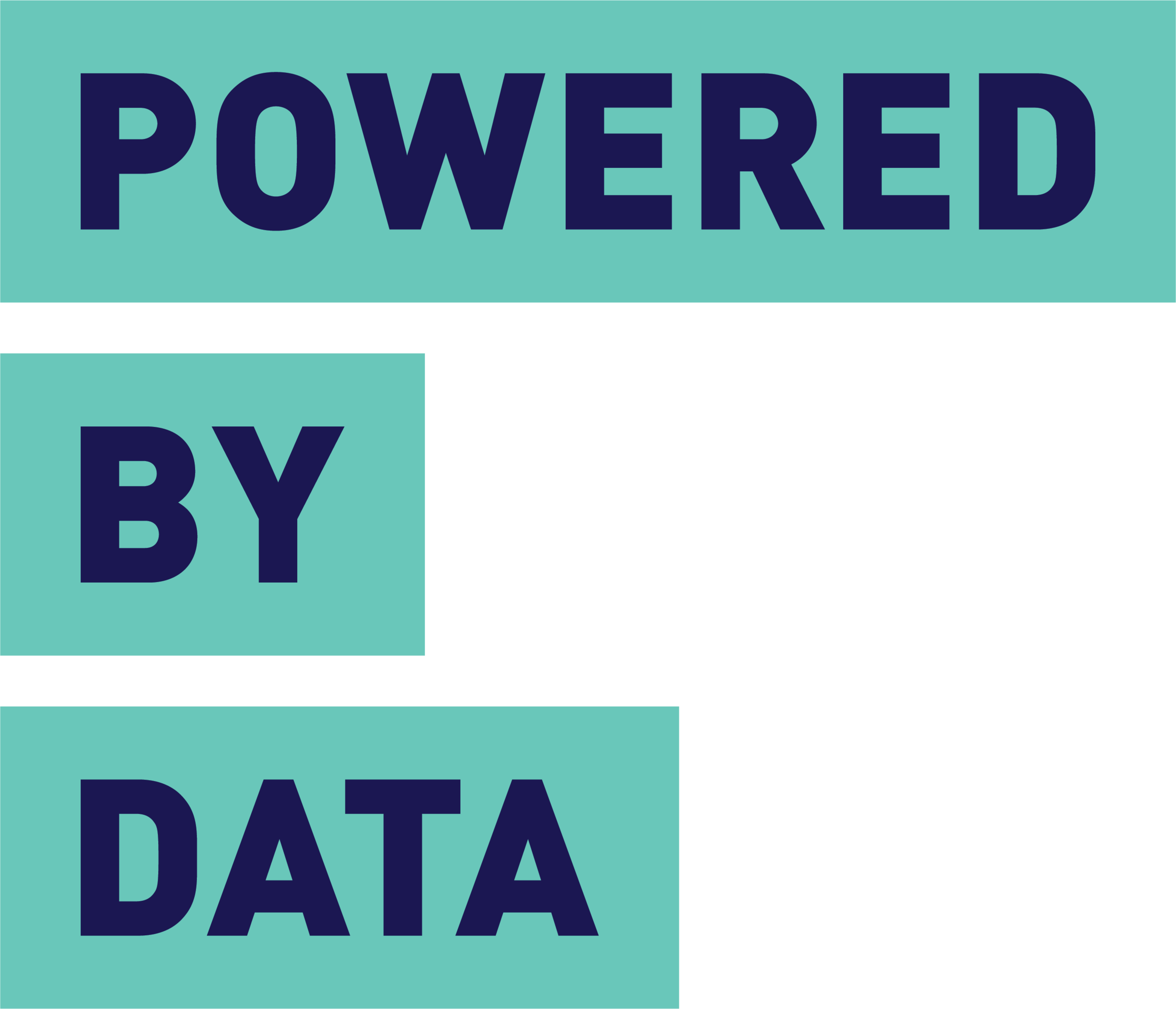A bridge that we’d rather not cross
In 2013, Foundation Center, GlobalGiving, GuideStar and TechSoup Global announced an ambitious joint initiative called BRIDGE (the Basic Registry of Identified Global Entities). Its purpose is to create a system to identify every non-profit organization in the world.
From a data perspective, that’s an important piece of infrastructure. We’ve written before about the benefits that unique identifiers can provide, in terms of improving data flows and enabling richer types of analysis.
Although we love the idea of unique identifiers for non-profits, we’re disappointed by the implementation of the BRIDGE registry, which officially launched in February.
New data, old model
BRIDGE generates a ten-digit ID number for every non-profit organization that is added to the database. 4262083232 is the Gates Foundation, for example. The numbers it assigns are unique, stable and unambiguous — unlike a name or address — which makes it easier to keep track of an organization over time.
What BRIDGE is doing may be new for the non-profit sector, but it’s not a new idea. Dun & Bradstreet is a U.S. company that has been operating a similar service for businesses for more than a century.
Their system uses something called a DUNS number. The basic mechanism will sound familiar: a nine-digit string is generated for every business, and then used to identify it in databases for things like credit reporting.
Dun & Bradstreet provide a useful service — DUNS numbers have become a de facto standard in many parts of the world. But the firm is a business, and their ability to turn a profit depends on being gatekeepers who charge for access to the system. That’s why it’s closed and proprietary.
The creators of BRIDGE have decided to emulate that business model, as well as the technical approach that comes with it. They’ve created a closed and proprietary system of unique identifiers, in the hope that it will become the de facto standard for the non-profit sector.
Communities or customers?
We don’t see why a closed, Dun & Bradstreet model is appropriate for the social sector.
There are some obvious philosophical concerns. Countries and non-profits have no right to the data inside BRIDGE, for example, even though it’s about them. That data can be monetized, yet stakeholders have no say in how that will be done. That doesn’t seem to be in the spirit of the social sector’s work — of doing things with communities rather than to them.
There are also practical concerns. Although it hails from the United States, BRIDGE aspires to be a global solution. For that to succeed, other countries need to embrace it. Yet the incentives that come with operating a closed system like DUNS or BRIDGE don’t facilitate collaboration or widespread adoption.
It’s hard to see why other countries and their social sectors would embrace a proprietary system from the U.S. that charges them for access to data — especially when there are alternatives.
What’s happening with DUNS is telling: frustrations with that system, and its lack of transparency, have grown to the point where even the U.S. government has complained about the costs and started looking at alternatives. People are building alternatives to replace it such as OpenCorporates. That's the kind of alternative model, tied to domestic registries and rooted in the successes of the open data movement, that the non-profit sector should consider.
Gardens and parks
All this reminds us of the differences between a private garden and a public park. The owner of a garden may adopt a spirit of largesse, and decide to let anyone in for free. It’s wonderful if they do. But they’re still the owner, and they make all the decisions about how things are arranged inside that garden.
A public park is open. Although it can be more chaotic than a private garden, the benefits make up for that. Everyone can access it without fear of that privilege being taken away. Similarly, anyone can have a say in how things are arranged in the park, or propose their great idea for how to improve it.
That sounds like the kind of system the social sector should have: one that’s open, one that’s collaborative, and one where the incentive is to serve communities rather than customers. We’d love to see BRIDGE move in that direction.

